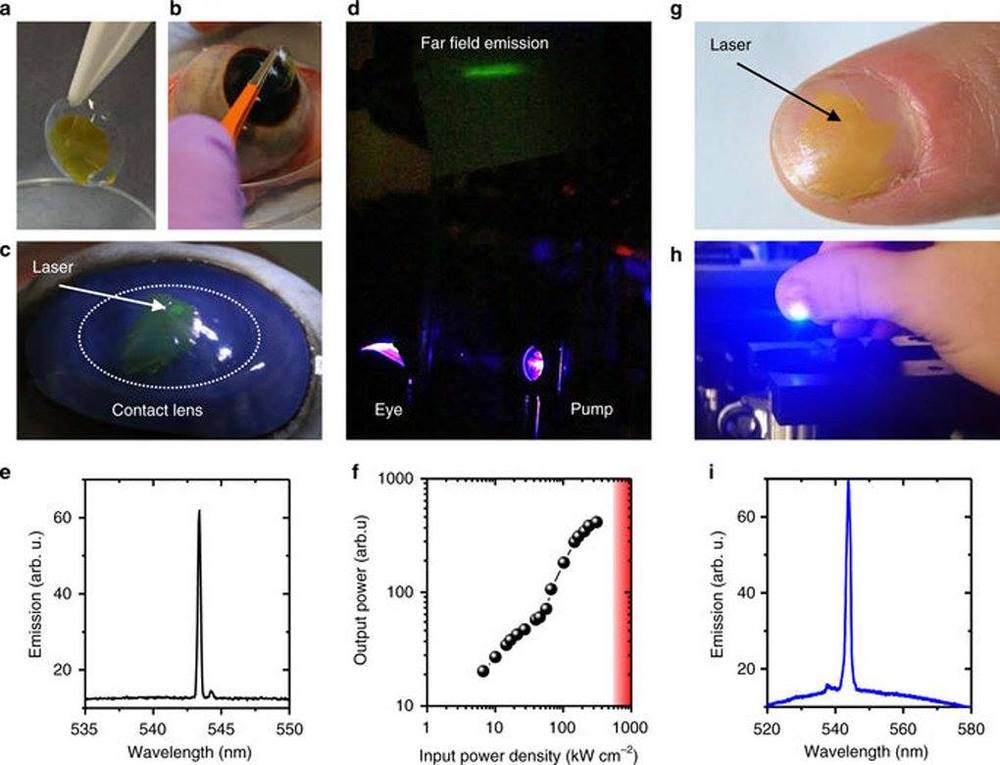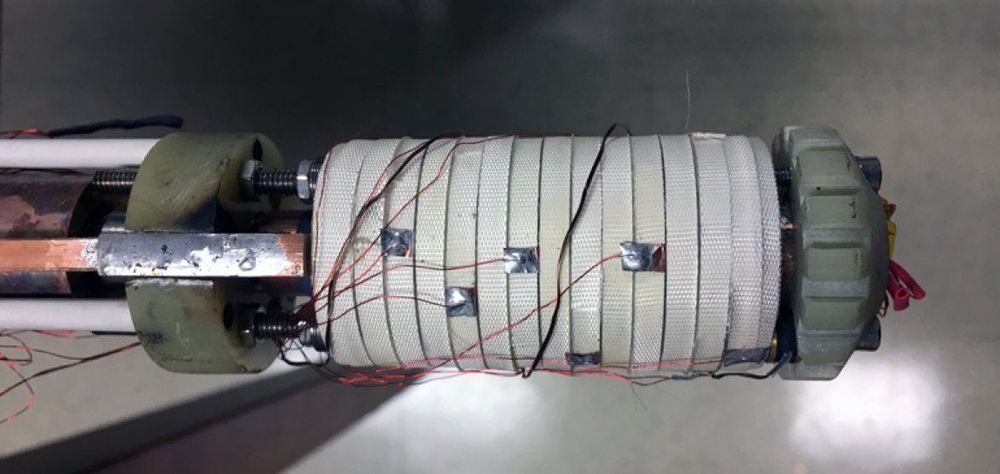We’re slowly suffocating a lot of natural ecologies with our trash. Fish, birds, and other animals all unwittingly consume the five trillion tons of plastic (and counting) strewn about the ocean, and doing so can kill them.




Circa 2014
A team of researchers from Princeton University has started doing some very strange things with light. Instead of letting it zip by at incredibly high speed, they’re stopping it dead: freezing it into crystal.
Crucially, they’re not shining light through crystal; rather, they making light into crystal. It’s a process that involves fixing the particles of light known as photons in a single spot, freezing them permanently in one place. It’s never been done before, and it could help develop new exotic materials with weird and wonderful properties.


In traditional Chinese culture, qi or ch’i is believed to be a vital force forming part of any living entity. Qi translates as “air” and figuratively as “material energy”, “life force”, or “energy flow”. Qi is the central underlying principle in Chinese traditional medicine and in Chinese martial arts.
Qi translates as “air” and figuratively as “material energy”, “life force”, or “energy flow”. Qi is the central underlying principle in Chinese traditional medicine and in Chinese martial arts. The practice of cultivating and balancing qi is called qigong.
æ°£ ¢


Scientists and non-scientists alike have long been dreaming of elements with mighty properties. Perhaps the fictional materials they have conjured up are not as far from reality as it may at first seem.
The periodic table of elements has become one of the defining symbols of chemistry. It is, of course, a handy chart of the building blocks that make up absolutely anything and everything around us, but it is also the outcome of the work of a huge number of scientists, which led to the current understanding of the elements’ atomic structure and behaviour. For those who like organization, patterns and chemistry, what’s not to love?

The flexible lasers, less than a thousandth of a millimetre thick, work as free-standing films and can stick to different materials including banknotes and contact lenses.
https://www.gizmodo.com.au/…/science-has-peaked-we-can-now…/

Dimensions: 3.5″ x 3.0″ x 1.8″ Date: 1993 Material: original stone is virginia albamarle serpentine, reproductions silicon bronze Special Engraving: the matrix (0,1 | 1,1) Weight: 4 oz Copyright Notice: © 1993 Copyright Registered: 1996.
The Fibonacci numbers are ubiquitious in nature and mathematics. This palmsize sculpture encapsulates the generating matrix for these numbers. In a problem published 800 years ago, Leonardo of Pisa, a.k.a. Fibonacci formulated his famous rabbit problem: beginning with a newborn fertile pair of rabbits, how many pairs will accumulate monthly if each pair produces another pair from their second month on? The solution of this leads to a recursively defined sequence of integers, 0, 1, 1, 2, 3, 5, 8, 13, 21, 34, 55, 89, 144, … This sequence has the property that two consequtive terms added give the next term.
The Fibonacci Matrix Torus has raised (esker) curves or continuous crests which wind around the torus either the short way or both the short and long way. This gives the matrix with first row (0, 1) and second row (1, 1) respectively. The powers of this matrix give matrices whose entries are always Fibonacci numbers.
